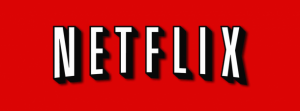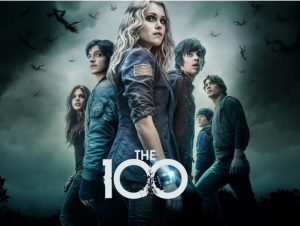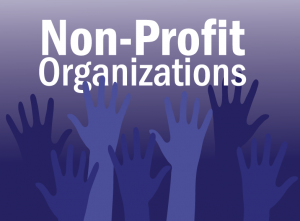Spotify’s slogan, “all the music, all the time,” is an incredibly accurate portrayal of my personal usage of the business’ services. The role Spotify plays in my life has grown over the past year to the point where I am certainly caught in the loyalty loop of the consumer decision journey and cannot go a day without using the app. With this company being the earliest music streaming service to attain 100 million monthly active users, it is evident I am not the only person hooked on Spotify.

Running. Digital image. Run to Your Own Beat. Spotify, n.d. Web. 25 Oct. 2016.
Spotify offers an enormous variety of music that appeals to many different tastes. Spotify is also highly accessible, as the service is available via phones and computers. Consumers lean towards Spotify, rather than other music-streaming services, largely due to price. Spotify is cheap for all users, but the option to skip ads and stream songs offline is available for $9.99 a month. This is extremely inexpensive, as this price point is equivalent to approximately ten songs on iTunes. Spotify has been excellent at seizing opportunities presented to the company. For example, they provide a platform of music sharing for many developing artists, feature both originals and covers, offer playlists specifically for studying and working out, and even have gone as far as to feature podcasts. This openness to change has allowed significant growth. Other opportunities that can be capitalized on in the future include the rapid growth of technology and a change in attitudes towards streaming.
A weakness of the company is that consumer satisfaction with Spotify has lowered due to certain major artists, like Taylor Swift and Beyoncé, declining the streaming of their new music on this platform. The possibility of more artists doing so is a large threat to the success, as Spotify is heavily reliant on subscribers for attaining profits. It is stated that about 70% of revenue is deducted in order to pay owners of streamed content. This means that a major weakness of the company is that they have lower profitability than expected. The aforementioned statistic is also indicative of high supplier power, which is a threat to the business. If artists demand more profits per listen, this would cut deeply into the retained earnings of Spotify. Other threats include high degree of rivalry and low switching costs of consumers. With so many options, such as Apple Music, Amazon, and Tidal, customer loyalty is not unwavering. Despite such threats, it is evident that Spotify is very self-aware and have recently made strategic advances to increase their market share. Potential acquisition of their competitor, SoundCloud, is explained thoroughly and helpfully through the use of concepts such as differentiation and competitive advantage in Mikaela Grange’s post.
Word count: 447
![]()



